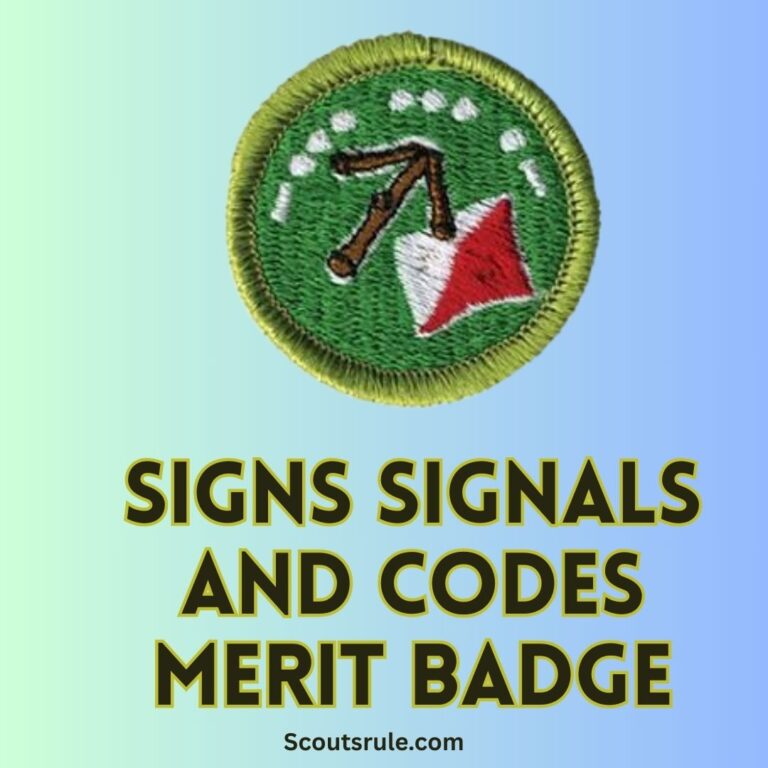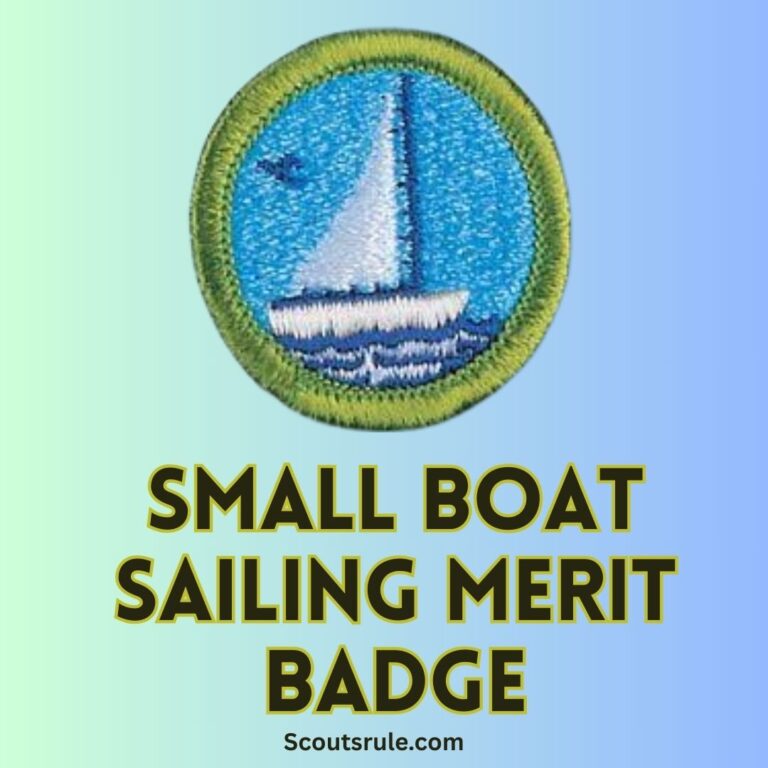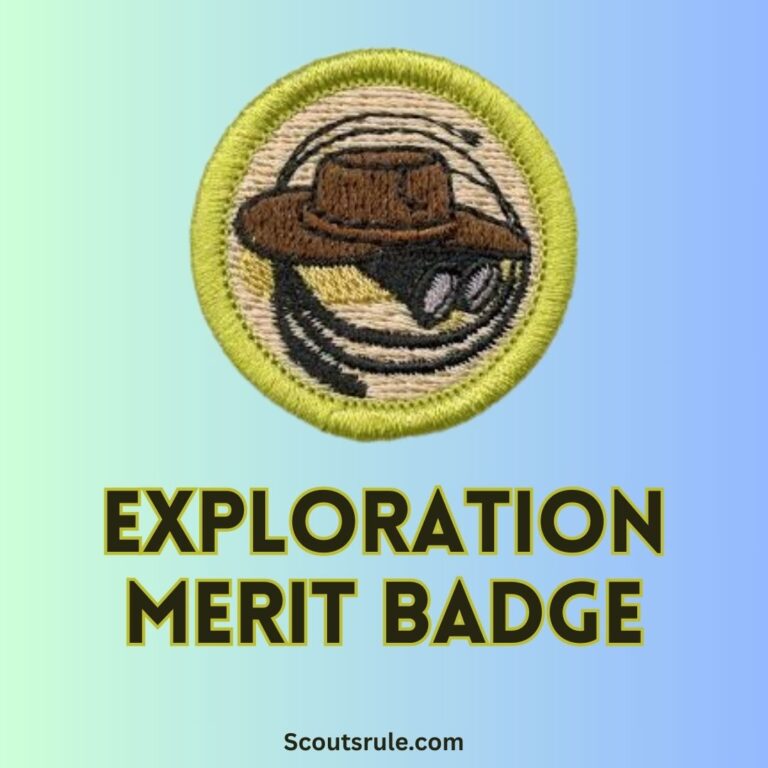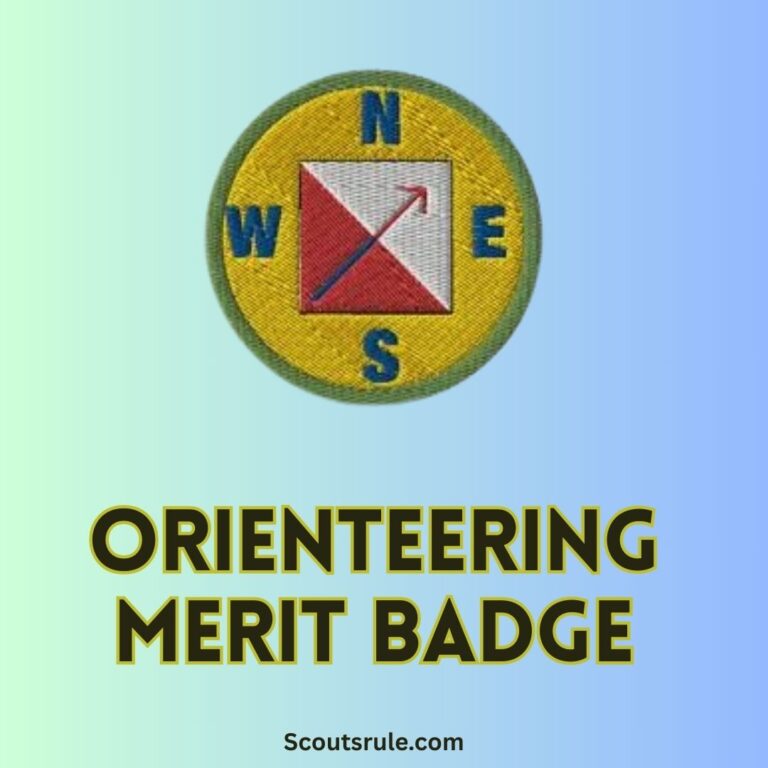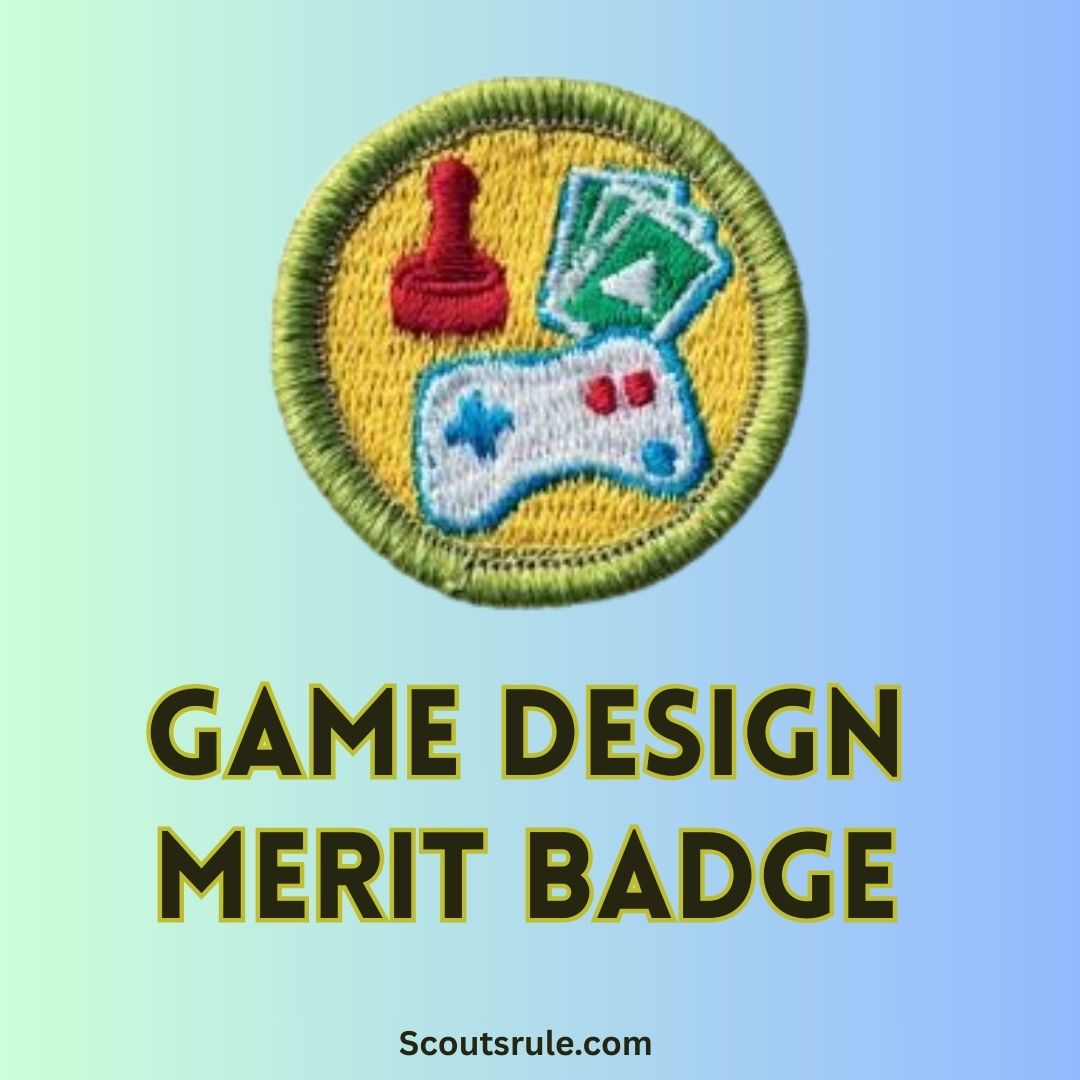
Games have always been woven into the fabric of human culture—from ancient board games and outdoor sports to today’s digital spectacles. The Game Design Merit Badge, offered by the Boy Scouts of America, is a stellar opportunity for Scouts to explore the intricate world of game creation. This badge encourages young innovators to study existing games, analyze what makes them effective or memorable, and even to design their own games. In doing so, Scouts hone skills in creative problem‑solving, critical thinking, and technical planning while discovering a potential pathway into game design careers.
Post Contents
- 1. Introduction to Game Design
- 2. A Brief History of Games and Game Design
- 3. The Purpose and Value of the Game Design Merit Badge
- 4. Understanding the Badge Requirements
- 5. The Principles and Elements of Effective Game Design
- 6. Bringing It All Together: A Project-Based Approach
- 7. The Broader Impact of Learning Game Design
- 8. Conclusion: Leveling Up Your Creativity
- 9. Frequently Asked Questions (FAQ)
- 10. Final Thoughts
1. Introduction to Game Design
At its core, game design is about crafting experiences. Whether through puzzles, immersive narratives, dynamic play mechanics, or eye‑catching artwork, every game offers a unique gateway into a different world. The Game Design Merit Badge isn’t solely about playing games—it’s about understanding them from the inside out. Scouts learn to dissect game mechanics, examine rules and objectives, and think critically about what makes a game fun and engaging.
The badge curriculum leads Scouts through a structured exploration—from analyzing already existing games in various mediums to experimenting with designing their own rules and gameplay. Through these tasks, participants develop a keen eye for detail, learn effective communication techniques, and gain insights into the behind‑the‑scenes work of professional game designers. In many ways, the badge is a celebration of creativity, bridging the gap between leisure and learning.
2. A Brief History of Games and Game Design
Games have evolved dramatically over the centuries. In ancient cultures, games like senet in Egypt or mancala in Africa and the Middle East were more than just leisure activities; they held spiritual and social significance. Over time, games have transformed from simple contests of chance and skill to complex interactive systems that combine art, narrative, and technology.
The modern era saw the rise of video games—a revolution that redefined storytelling and interactivity. Early arcade classics gave way to home consoles, and eventually, today’s boundless digital landscapes where narrative depth and graphical fidelity converge. By studying the evolution of games, Scouts can appreciate how historical traditions influence contemporary game design. This historical perspective provides valuable context for understanding trends, technological advancements, and cultural shifts that continue to shape the gaming world.
3. The Purpose and Value of the Game Design Merit Badge
The Game Design Merit Badge is more than a simple checklist to complete—it is a vibrant educational experience. Here’s what makes this badge unique:
- A Creative Challenge: It inspires Scouts to question the fundamentals of what makes games enjoyable, challenging them to blend creative storytelling with mechanics that engage players.
- Critical Analysis: The badge requires Scouts to analyze games from various mediums—a practice that improves their ability to identify patterns, understand game balance, and appreciate effective narrative techniques.
- Practical Application: Beyond theory, Scouts are encouraged to design and test their own game ideas. This hands‑on component teaches valuable iterative design processes by encouraging real‑time feedback and refinements.
- Career Exploration: In an age where game design is a booming industry, from independent studios to major tech companies, the badge offers an early introduction to possible future career paths in interactive media, programming, digital art, or creative writing.
By completing this badge, each Scout not only earns a mark of achievement but also gathers experiences and knowledge that can translate well into academic pursuits, creative endeavors, or even entrepreneurial ventures in the world of gaming.
4. Understanding the Badge Requirements
The Game Design Merit Badge has clearly defined requirements that ensure Scouts gain both theoretical knowledge and practical experience. While official guidelines can be found on the Boy Scouts of America webpage , here is an overview of the core requirements:
4.1 Analyze Games from Different Mediums
One of the fundamental tasks is to analyze four games that you have played—each representing a different medium. This could include:
- Board Games: Think of classics like chess or modern games like Settlers of Catan.
- Video Games: Whether it’s an indie puzzle game or a blockbuster 3D adventure, consider its mechanics and storytelling.
- Sports or Physical Games: Analyze games that involve physical activity, from simple playground tag to organized team sports.
- Card or Role‑Playing Games: These offer unique dynamics that blend chance, strategy, and social interaction.
For each game, you should identify the medium, analyze the player format, objectives, rules, resources, and overall theme. Creating a comparative chart for these elements is an effective way of visualizing the similarities and differences between games. This exercise not only deepens your understanding but also sharpens analytical and organizational skills. Discuss with your merit badge counselor what aspects of each game you enjoyed or disliked, as these insights are invaluable for your own design work.
4.2 Explore Game Mechanics and Design Elements
A central aspect of game design is understanding how games work. This involves:
- Objectives: What is the ultimate goal for the player? Clear objectives give purpose to a game and direct how players interact with its world.
- Rules: These serve as boundaries and guidelines, ensuring that gameplay remains structured and fair.
- Player Format: Are the games single‑player, multiplayer, or cooperative? Recognizing the dynamics of player interaction is crucial.
- Resources and Themes: Resources might include in‑game currency, tokens, or energy, while themes can range from historical settings to futuristic dystopias.
Scouts are encouraged to break down these elements to see how they contribute to the overall player experience. By understanding what works—and what doesn’t—you can start to imagine how to structure your own game design.
4.3 Create a Design Document
Drawing on your analysis, you are invited to create a design document that outlines ideas for your own game. This document should include:
- A concept overview (what is your game about?)
- Key objectives and winning conditions
- An outline of the game’s rules and mechanics
- Sketches or diagrams that illustrate your game’s layout
- A plan for how different player roles interact with each other
This stage transforms abstract ideas into a concrete proposal that you can later refine through prototypes and playtesting.
4.4 Test and Reflect on Your Game
Once you’ve developed your design proposal, the next step is playtesting. Testing your game with peers or family members will reveal practical issues in the design. You should keep detailed notes on what works and what causes confusion or frustration. This iterative process—design, test, feedback, redesign—is at the heart of effective game design and is a valuable lesson in the importance of flexibility and continuous improvement.
5. The Principles and Elements of Effective Game Design
The Game Design Merit Badge isn’t just about following instructions—it’s an invitation to think like a professional game designer. Here are some fundamental principles to consider:
5.1 Balance and Fairness
A well‑designed game should be challenging yet fair. Balance involves managing the difficulty so that every player feels both challenged and capable of succeeding. Too simplistic a game might bore, while an overly complex system can create frustration. The notion of fairness not only applies to game mechanics but also to ensuring that rules apply uniformly to all players.
5.2 Engagement and Interactivity
At its core, a game is an interactive experience. Successful game design transforms passive participation into active engagement. This involves crafting scenarios that compel players to make meaningful decisions while also providing satisfying feedback loops—such as rewards, progress markers, or narrative twists—that keep the experience dynamic and enjoyable.
5.3 The Role of Aesthetics
Visuals, audio, and narrative tone contribute greatly to a game’s overall appeal. While the technical aspects of gameplay form the backbone of a game’s design, aesthetics are the soul that give it character. When designing a game, consider how your artistic choices—color schemes, sound effects, and stylistic elements—support or enhance the mechanics and story.
5.4 Iterative Design and Playtesting
Game design is an iterative process. Rarely is a game perfect on the first try. Playtesting is paramount: it allows you to observe player behavior, gather feedback, and pinpoint areas for improvement. Embrace the idea that criticism and failure are not setbacks but essential steps toward creating a compelling final product.
6. Bringing It All Together: A Project-Based Approach
The ultimate challenge of the Game Design Merit Badge is to develop your own game concept. Here, creativity meets practicality. This project-based approach typically follows these steps:
6.1 Brainstorming and Concept Development
Begin with creative brainstorming. Think about genres that excite you—whether it’s a strategy game, an adventure quest, or a cooperative team challenge. Write down every idea that comes to mind. Next, evaluate these ideas based on feasibility, potential appeal, and the uniqueness of the gameplay element. Choose one concept to develop further.
6.2 Drafting the Design Document
Translate your chosen idea into a detailed design document. This should describe the game concept, the intended audience, and the key mechanics. Include sections on objectives, rules, player roles, and any special features that set your game apart. Use diagrams or flowcharts to map out the gameplay and decision points.
6.3 Creating a Prototype
Turn your design into a functional prototype. Depending on the type of game you are designing, this could involve:
- Paper Prototyping: For board games or card games, create a physical prototype using paper, tokens, and markers.
- Digital Prototyping: For video games or interactive digital experiences, consider using simple coding platforms or game‑design software to draft a basic version of your game.
A prototype doesn’t have to be perfect—it’s a tool for testing ideas and learning what works.
6.4 Playtesting and Revision
Invite others to play your prototype. Observe how players interact with your game. Ask for feedback on what felt intuitive versus what was confusing. Use this feedback to make revisions in your design document and update your prototype accordingly. This cycle of design, feedback, and revision reflects a process used by professional game designers worldwide and is one of the most valuable aspects of the merit badge experience.
7. The Broader Impact of Learning Game Design
Gaining an understanding of game design goes far beyond the confines of earning a merit badge. Here are some broader lessons and skills that can shape your future:
7.1 Enhancing Creativity and Innovation
Working on game design pushes you to think outside the box. It challenges you to create experiences that balance fun with intellectual depth. Whether you eventually pursue a career in graphic design, computer programming, storytelling, or entrepreneurship, the creative problem-solving skills you gain are universally applicable.
7.2 Building Collaborative Skills
Games often involve teamwork and communication. The process of gathering feedback during playtesting, for example, teaches you how to work with others, listen to different perspectives, and incorporate constructive criticism—a skill that is valuable in any collaborative environment.
7.3 Exploring Career Opportunities
The modern gaming industry is powered by diverse talents—from artists and programmers to sound engineers and narrative designers. Completing this merit badge could be the first step toward exploring careers in interactive media, virtual reality design, or software development. It invites you to see the link between a hobby and a potential profession.
7.4 Appreciating the Intersection of Art and Science
Game design uniquely merges logic with creativity. It requires an understanding of mathematics, probability, and even psychology—while simultaneously demanding a flair for art, storytelling, and innovation. This interdisciplinary approach not only enriches your education but also broadens your perspective on how varied fields of study can work together to create something truly impactful.
8. Conclusion: Leveling Up Your Creativity
The Game Design Merit Badge is a portal to a world where every decision, every rule, and every element of design plays a crucial role in building interactive experiences that captivate and inspire. It challenges you to analyze what makes games enjoyable, design your own concepts, and refine them through iterative feedback—all while developing transferable life skills.
By studying the history of games, examining diverse examples across different mediums, and engaging in the hands‑on process of game creation, you not only become a better player but also a more innovative creator. This blend of analytical and creative pursuits marks the hallmark of effective game design and can set you on a path toward future success—whether in the world of digital media, interactive entertainment, or any arena that values creative problem‑solving.
So, as you embark on your journey through the Game Design Merit Badge, remember that every game you play, every prototype you build, and every idea you explore is a step toward understanding a dynamic and seemingly limitless field. With every iteration of your design process, you’re not just learning the mechanics of a game—you’re learning how to experiment, innovate, and transform ideas into reality.
9. Frequently Asked Questions (FAQ)
Q1. What exactly is the Game Design Merit Badge?
The Game Design Merit Badge introduces Scouts to the process of designing, analyzing, and refining games. It challenges them to break down game mechanics, examine how games work across various mediums, and create their own game prototypes while learning skills that are both creative and analytical.
Q2. Which types of games should I analyze for the badge?
You should analyze games from at least four different mediums. This can include board games, video games, sports or physical games, and card or role‑playing games. By comparing these various types, you gain insight into how different design elements come together to create engaging experiences.
Q3. How do I create a design document?
A design document should outline your game concept, objectives, rules, player roles, and any unique features of the game. It may also include diagrams, flowcharts, or sketches to visually represent how the game works. Think of it as the blueprint for your game, capturing all the essential details that will guide your prototype and testing phases.
Q4. What role does playtesting have in the design process?
Playtesting allows you to see how your game works in practice. It provides valuable feedback on what elements are fun, where players might be confused, and which rules need refining. This iterative process is key for improving your game and learning how to tweak designs based on real‑world interactions.
Q5. How might these skills benefit me beyond the merit badge?
The skills you acquire—from creative brainstorming and technical documentation to teamwork and iterative problem‑solving—are relevant in many fields, including digital media, software development, art, and storytelling. Game design is an excellent way to develop a diverse skill set that resonates in both academic settings and future careers.
Q6. Can earning this badge lead to a career in game design?
While the badge itself is an educational experience, it can spark a lifelong interest in game design and interactive media. Many professional game designers credit early experiences like this for inspiring them to pursue careers in the gaming industry or related fields such as graphic design, computer programming, or creative project management.
10. Final Thoughts
Embarking on the Game Design Merit Badge journey is a celebration of both creativity and critical analysis. As you dissect existing games, craft comprehensive design documents, and eventually prototype and test your own ideas, you’re tapping into the very essence of creative innovation. This badge invites you to see games not merely as a form of entertainment, but as a powerful, multidisciplinary medium that blends art with science—a place where narrative, strategy, and fun intersect.
Whether you’re a novice eager to explore interactive design or a seasoned gamer with eyes set on a future in digital media, the Game Design Merit Badge provides the tools and insights to help you level up. Immerse yourself in the process, embrace challenges and iteration, and above all, let each step in this creative endeavor fuel your passion for designing experiences that captivate and inspire.
May this adventure ignite your imagination and remind you that every great game—much like every great idea—begins with a single, inspired thought and the courage to innovate.
By understanding the rich history of games, mastering the fundamentals of design, and engaging in hands‑on projects that push your creative boundaries, you not only achieve a coveted merit badge but also embark on a lifelong journey of innovation, collaboration, and endless play. Now, take a deep breath, roll the dice, and let your imagination soar into the exciting universe of game design!

Hi, Robin here, A former lead Scout and here I share my inspiring stories about USA Scouts, leadership, adventure, how to guides and more.

